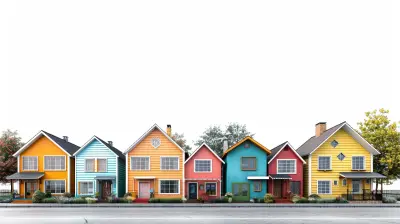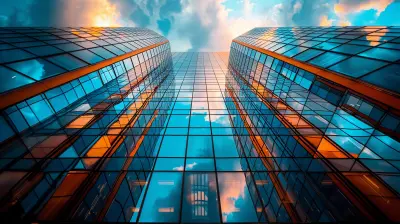The Role of Public Parks in Urban Property Market Trends
18 July 2025
When we think about real estate investment, the first things that come to mind are price per square foot, neighborhood safety, school zones, and maybe even proximity to grocery stores. But what if I told you there’s a powerful, often underappreciated green space pulling its weight in the property market? Yup, I’m talking about public parks.
Believe it or not, the presence—or absence—of a public park nearby can make or break a property’s value. In today’s fast-paced, concrete-covered urban jungle, these green oases are more than just a place to jog or walk your dog. They're playing a starring role in shaping the trends of the urban property market.
Let’s take a closer look at how public parks are influencing where people want to live — and how much they’re willing to pay for it.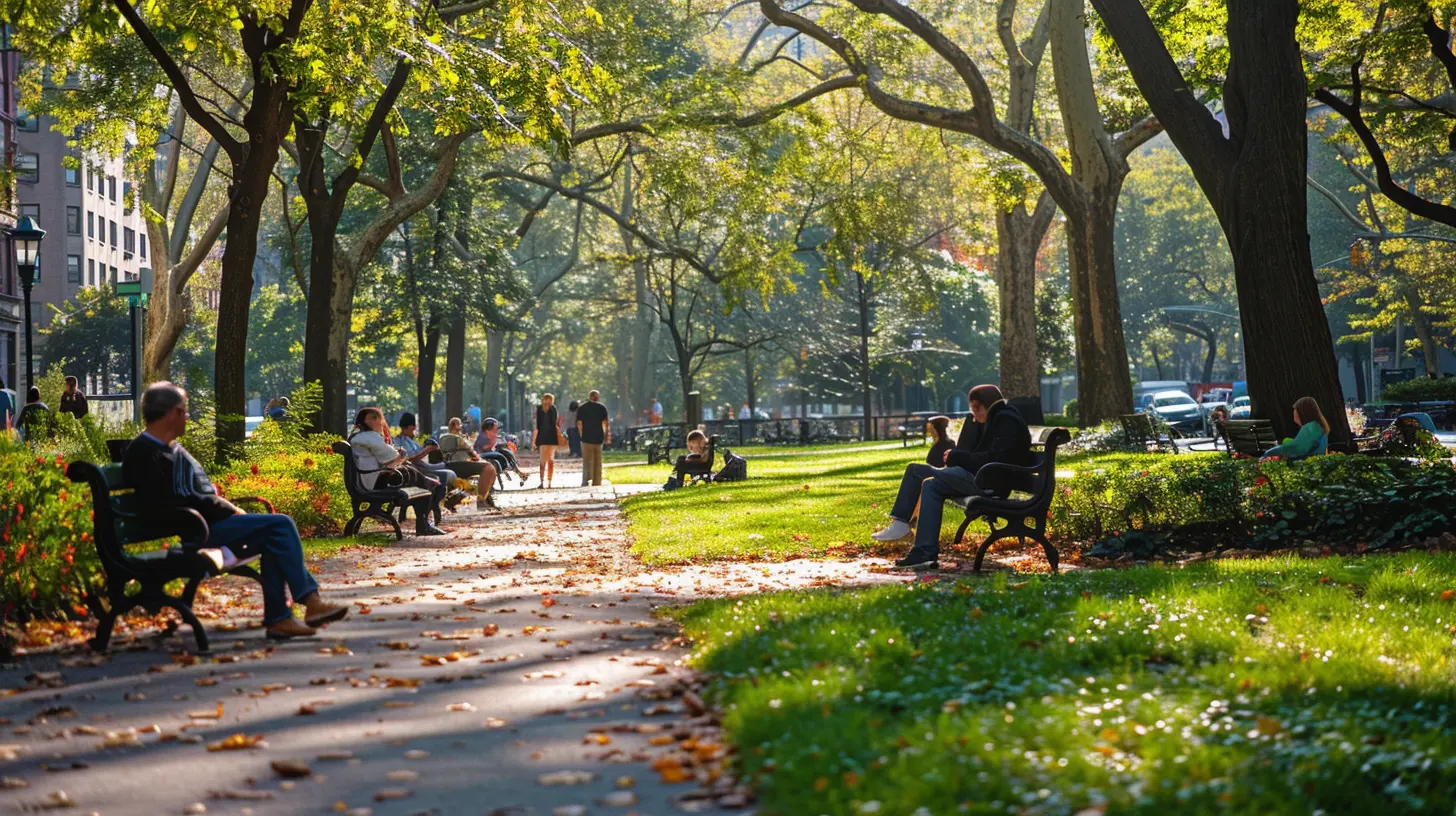
Why Buyers Are Falling in Love with Green Spaces
Let’s be honest—who doesn’t love the idea of living near a beautiful park?Imagine waking up, pouring a cup of coffee, and taking a peaceful morning stroll through a tree-lined pathway just down the block. You hear kids laughing, birds chirping, people practicing yoga on the lawn. There's something calming about being wrapped in greenery amidst the chaos of city life.
And that’s exactly what homebuyers are chasing—balance.
Parks = Lifestyle Upgrade
In an age where well-being has become a top priority, public parks offer more than just aesthetics. They represent a lifestyle upgrade. Access to green spaces means better air quality, opportunities to stay active, a place to socialize, and a natural mood booster.For urban dwellers cramped in apartments or condos, a park becomes an extension of their living space. It’s their backyard, their gym, their playground. And that’s incredibly valuable.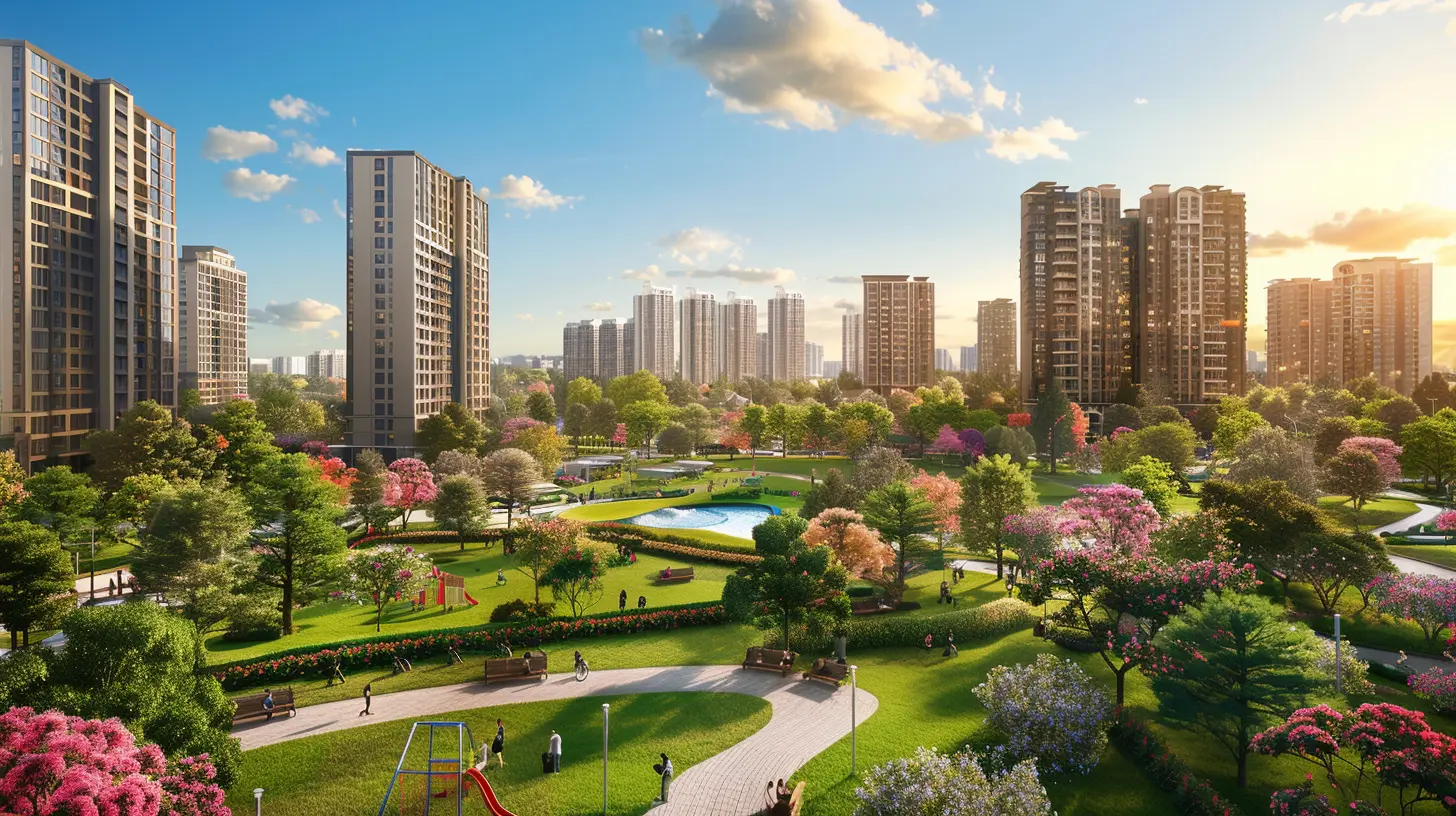
The "Park Premium" in Property Pricing
Now let’s talk numbers—because at the end of the day, the real estate game is all about ROI (return on investment), right?Homes located within walking distance of parks tend to fetch a higher price. This is especially true in cities where space is limited and greenery is scarce. According to various property studies, the "park premium" can raise property values by anywhere between 5% to 20%.
The Closer, the Better
It’s simple: the closer a property is to a park, the more desirable it becomes. Think of it as real estate gravity. Parks pull in value due to demand. When people compete for homes near these green zones, prices go up.And this trend doesn’t just apply to upscale neighborhoods. Even in middle-income or transitional urban areas, a nearby park can act like a magnet, attracting new buyers and investors.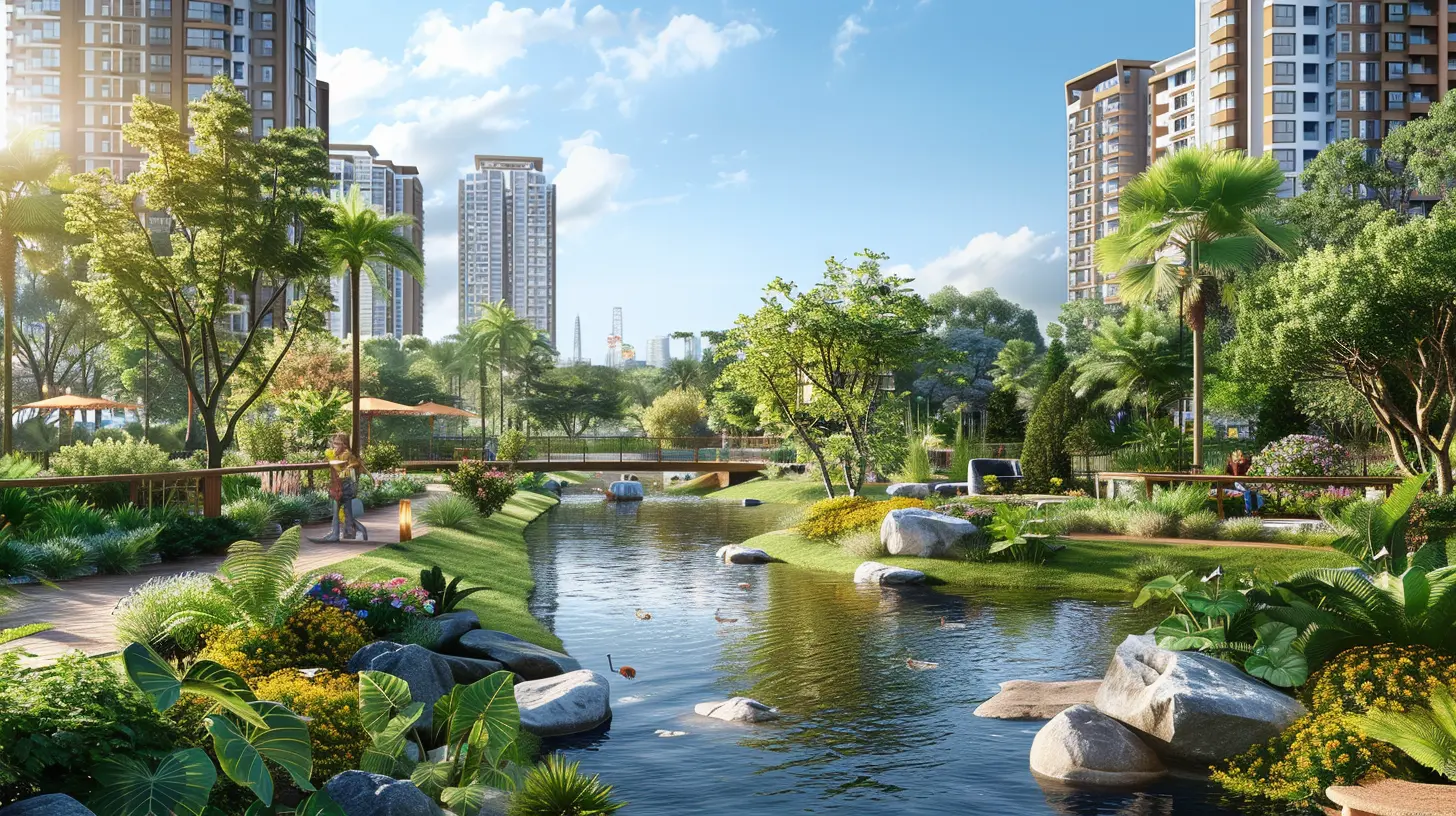
Rental Demand: Green Gets the Gold
Let’s not forget the rental market. Renters are just as eager to enjoy the benefits of green spaces — if not more so! In cities with high-density housing, access to parks becomes a major renting point.Who wouldn’t want to host a weekend picnic, walk their dog in the morning, or take an evening jog without needing to hop in a car?
Millennials and Gen Z Are All In
Younger renters and buyers—especially Millennials and Gen Z—are driving demand for nature-integrated urban living. They value experiences, wellness, and environmental consciousness. So it’s no surprise they’re choosing apartments and condos near parks, even at higher prices.So if you’re a real estate investor or property manager, this trend is a golden opportunity.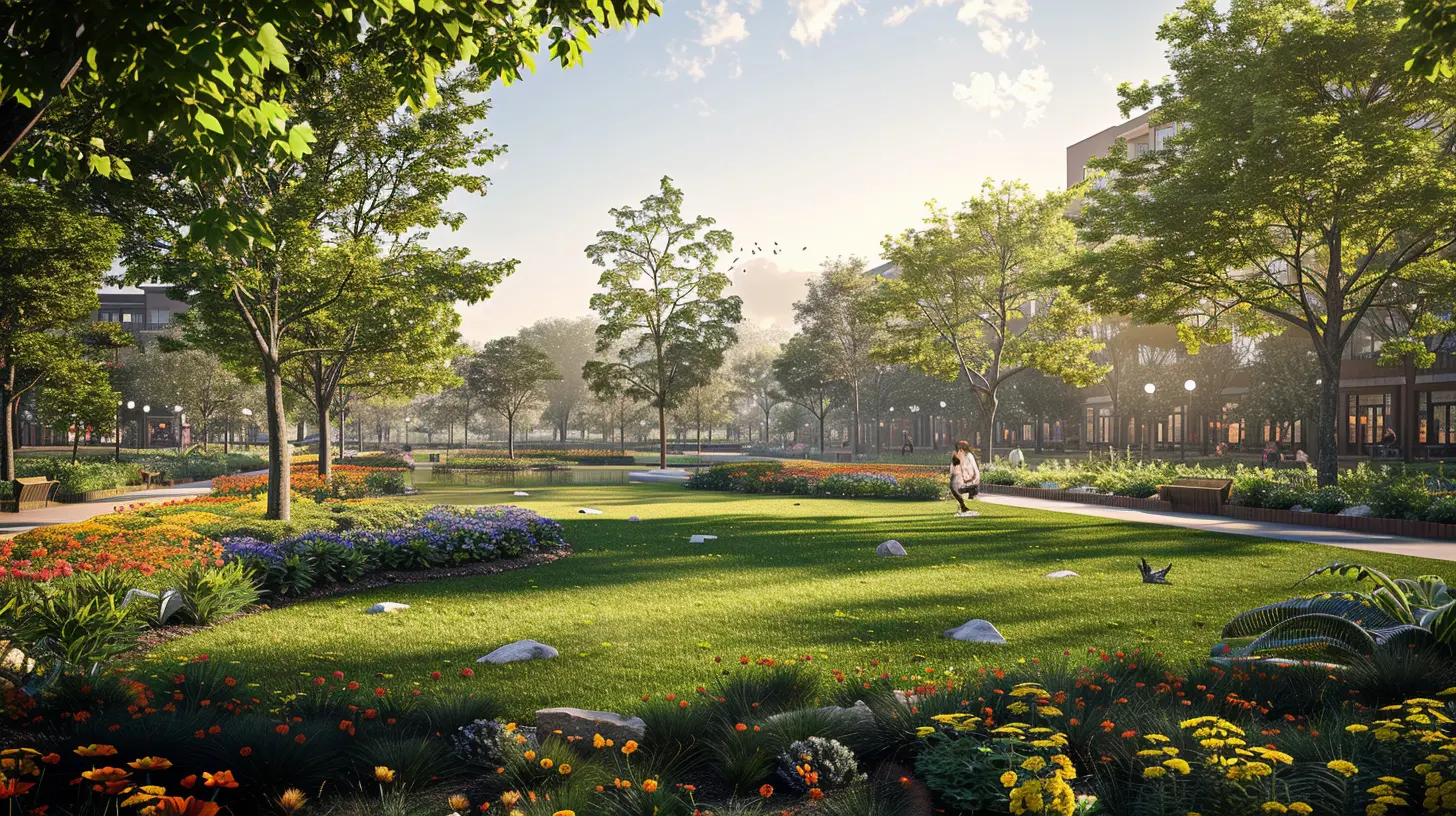
Parks Drive Neighborhood Development
Here’s where things get even more exciting. Public parks don’t just impact individual properties — they uplift entire neighborhoods.The Ripple Effect
Picture tossing a stone into a pond and watching the ripples spread. That’s what a new well-planned park does to a neighborhood.Once a public park goes in, everything else starts to follow. Cafes, retail stores, community centers, you name it. People feel safer. Families move in. The area becomes vibrant and walkable.
That leads to urban regeneration. Formerly overlooked areas become trendy. Investors start circling, and the property market perks up.
Parks and Gentrification: A Double-Edged Sword?
Now, let’s keep it real — not every trend is entirely rosy. Parks can sometimes become a catalyst for gentrification.When property values rise due to a park, lower-income residents might get priced out. It's a delicate balance between community improvement and inclusivity.
Smart Planning is Key
Urban planners and city officials need to approach park developments with equity in mind. Affordable housing, community involvement, and long-term vision can ensure parks benefit everyone — not just the highest bidders.From a real estate perspective, though, parks are still a clear sign of a neighborhood on the upswing.
The Pandemic Effect: A Green Awakening
COVID-19 changed how we view our homes and our cities. Suddenly, being cooped up indoors 24/7 made everyone crave open air and outdoor escapes.Parks Became Essential
During lockdowns, parks were lifelines. They allowed people to breathe, move, and interact (from a distance). That shifted public perception entirely. Instead of being “nice to have,” parks became must-haves.Real estate trends pivoted. Properties near parks experienced spikes in demand, and this momentum is still rolling.
Case Studies: Cities Where Parks Changed the Game
Want proof? Let’s peek at some real-life urban success stories.New York City – Central Park Magic
Central Park isn’t just a landmark—it’s a property value powerhouse. Homes facing the park can cost double or even triple those just a few streets away. There's a reason the Upper West and East Sides are some of the most coveted addresses in America.Atlanta – The BeltLine Boost
Atlanta’s BeltLine—a massive park and trail system built on old railway corridors—has transformed entire communities. Property values along the BeltLine have surged, with new developments popping up left and right.Toronto – High Park Heights
Toronto’s High Park has made its surrounding neighborhoods skyrocket in value. From cozy condos to sprawling Victorian homes, everything within a few blocks comes with a price premium. And people are gladly paying it.The Future of Urban Real Estate Is Green
Looking ahead, one thing's crystal clear: public parks aren't just perks—they're powerful players in the property game.As cities continue to densify and the work-from-home culture sticks around, people will prioritize livability over location. That means access to parks will be a non-negotiable for more and more buyers and renters.
Parks Sell Homes
It’s no exaggeration to say that a park can sell a home. Whether you’re a solo buyer, a growing family, or a long-term investor, green spaces represent quality of life—and that’s priceless in the urban world.So, What Can You Do with This Info?
If you're house-hunting: Keep an eye on neighborhoods with established or upcoming parks.If you're investing: Target areas near green developments. You’ll likely see higher demand, quicker sales, and better ROI.
If you're a real estate agent: Highlight proximity to parks in listings. It’s a major selling point, especially in today’s market.
And if you’re just someone dreaming of city life with a splash of nature? Trust your instinct. That apartment near the park? It’s probably worth every penny.
Final Thoughts: A Greener Future Is a Richer Future
Public parks are no longer just the cherry on top — they’re the main ingredient in the recipe for urban living success. They make neighborhoods livable, homes lovable, and investments profitable.So the next time you walk by a park, think about it not just as a patch of grass or a nice place to picnic. Think of it as a value booster, a neighborhood transformer, a real estate game-changer.
Because in the urban property market of today—and especially tomorrow—the grass is definitely greener where the parks are.
all images in this post were generated using AI tools
Category:
Urban LivingAuthor:

Camila King
Discussion
rate this article
2 comments
Azriel McCarron
Great insight! Public parks truly enhance urban property value and appeal.
November 26, 2025 at 9:25 PM

Camila King
Thank you! I'm glad you found the insights valuable—public parks indeed play a crucial role in enhancing urban areas.
Zora Fields
Who knew parks were the secret real estate superheroes? 🌳✨ They boost property values faster than you can say 'location, location, location!' Whether it’s a peaceful stroll or a weekend picnic, a green space turns urban living from concrete chaos to nature’s embrace—who wouldn’t want that?!
July 24, 2025 at 10:56 AM

Camila King
Absolutely! Parks truly enhance urban living, offering both beauty and value to properties. They're essential for healthy, vibrant communities! 🌿🏙️

